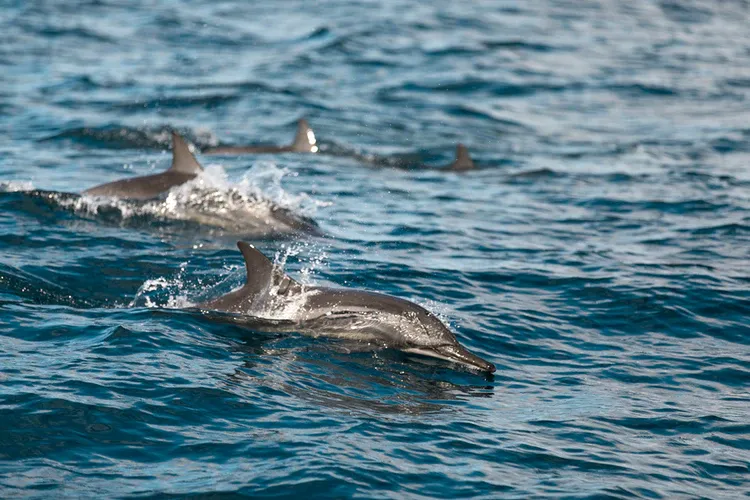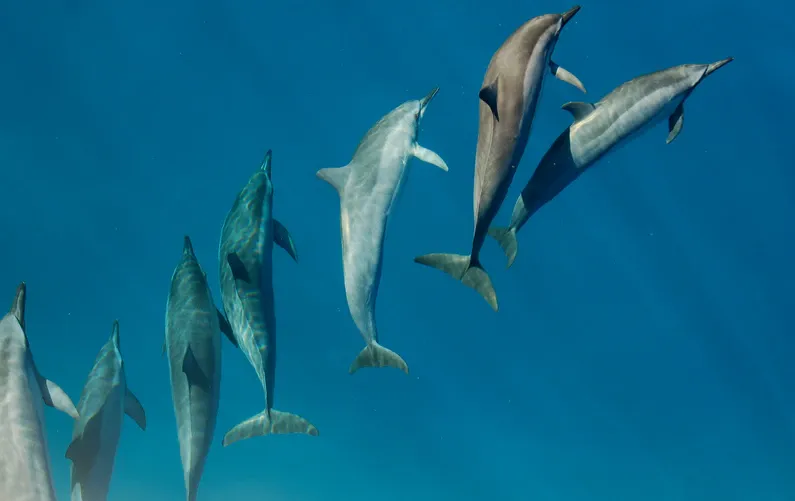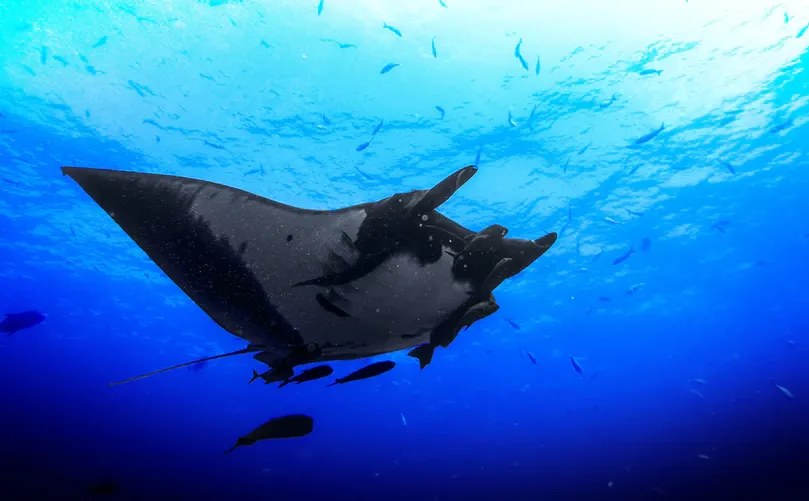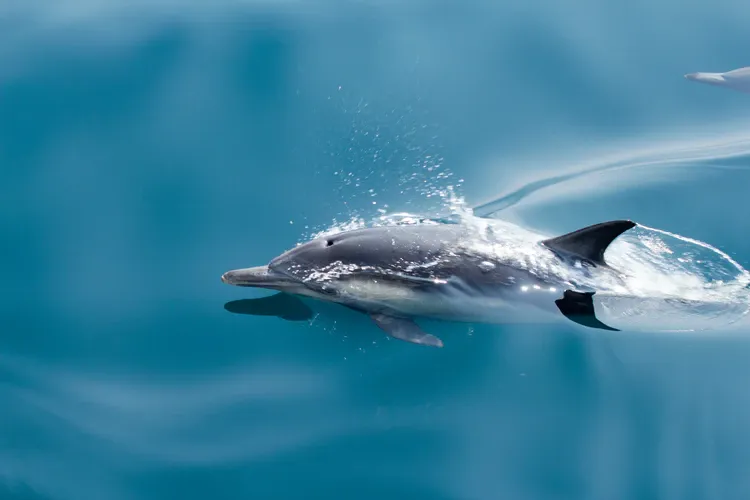Hi @Hive Community!
I hope that you are having moments of productivity in your houses due to the contingency we are going through, #stayathome. You know it is hard work and it takes many hours of work to bring quality content to Hive. I hope to meet this goal today😃
Surely you have heard or seen the jumps of common dolphins, it is beautiful to watch!
Certainly common dolphins have great strength in their tail fin, that is to say "the tail" and in this way they achieve those spectacular jumps. It seems that spinner dolphins enjoy jumps as much as we do coffee time, and they jump for quite a long time, doing incredible jumps and spins in the air, quite a spectacle in the open sea!

Photo by Egle Sidaraviciute
The incredible spinning dolphin, first described by Gray in 1828, is the most common small cetacean in most tropical pelagic waters, that is, it inhabits shallow or medium depth waters.
What makes this dolphin special?
The answer is, its incredible jumps out of the water, this makes a large amount of water make a splash. How do we identify it? Externally, they have a relatively long and slender bill, color patterns, and dorsal fin (Perrin, 1998).
This "color pattern" consists of three parts, the first consists of a dark gray layer, a light gray lateral area and the ventral area is white. A dark band runs from eye to fin, bordered above by a thin light line. The tip of the rostrum is black or dark gray. Currently four subspecies are recognized, that is, the spinner dolphin also has some varieties depending on where they live: the globally distributed subspecies (Gray's spinner), the eastern tropical Pacific subspecies (ETP) endemic orientalis (eastern roulette), the Central American subspecies (Central American spinner) and the Central Asian dwarf spinner (Perrin, 1990; Perrin et al., 1999).
Additionally, a possible different and additional subspecies has been identified off northern Mexico! with aerial photogrammetry (Perryman and Westlake, 1998).

Photo by Yale Cohen
Why do these dolphins spin?
For sure, it is unknown why they do it. A spinner dolphin can spin up to 14 times in rapid succession. It is believed that the underwater bubbles created by the spin and entry can serve for "echolocation" for communication in a school (or group) that is far away (Norris et al., 1994).
Spinning is also likely to be a consequence of "getting on the alert" and as such has a social function.
It is believed that sometimes they do it just for fun!

Photo by William F. Perrin
Another hypothesis says that it is to ward off the remoras (those fish that we see swimming alongside the sharks and other animals); spinner dolphins are strong enough to make violent turns that drive them away (Fish et al., 2006).

Photo by Max Gotts
The size of the school (or group of dolphins) varies greatly, from a few dolphins to a thousand or more. Spinning dolphins are also grouped with dolphins of other nearby species, even whales and even dugongs! (Psarakos et al., 2003; Kiszka, 2007).
What amazing dolphin!😃🐬

Photo by Guido Hofmann
